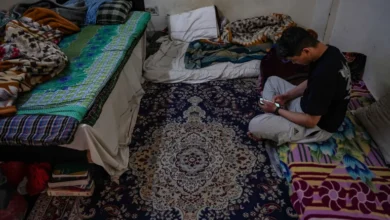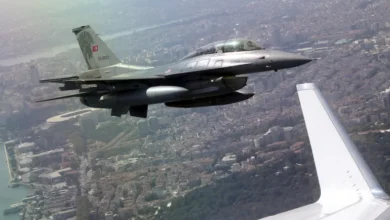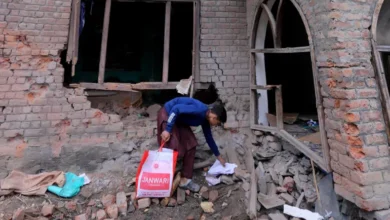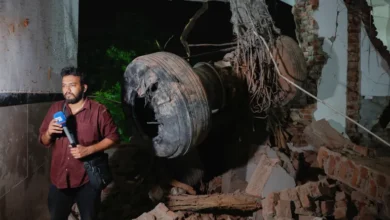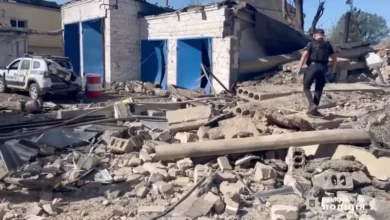US military posture increases in Middle East a signal to Iran, Hezbollah: Pentagon
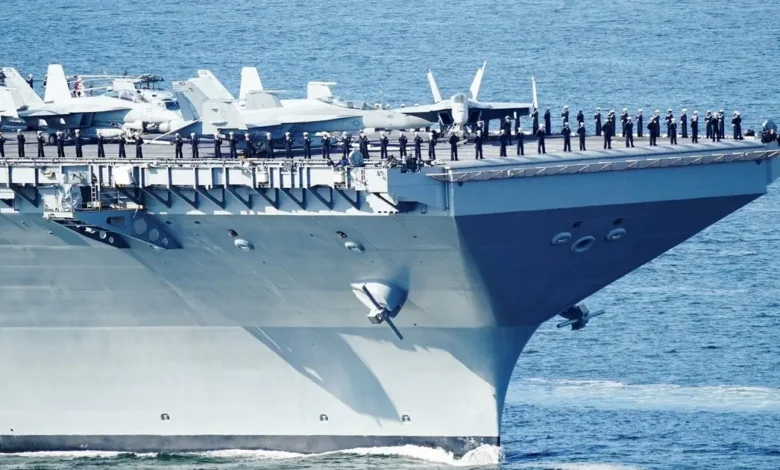
A senior US defense official said Monday that military posture increases in the Middle East were intended to serve as a deterrent signal to Iran, Lebanon’s Hezbollah and any other proxy in the region following the Hamas attack likened to “ISIS-level savagery.”
“Those adversaries should think twice,” a senior Pentagon official told reporters.
The official said the US was making it “very clear to adversaries or those that might be entering this conflict to escalate it that they should think twice and not take advantage of the instability.”
But the White House said the US had no intention of putting American troops on the ground in Israel.
Earlier Monday, Hezbollah and the Israeli army engaged in cross-border fire. The Iran-backed group said three of its fighters were killed before announcing a retaliatory attack on Israeli barracks. Hezbollah previously said that they would join Hamas in the war on Israel if the latter invaded Gaza or targeted Hamas members inside of Lebanon. Unofficial rules of engagement between Hezbollah and Israel have mostly limited their fighting to Syria.
The US has been “flooding the zone” with high-level phone calls and engagement to make clear the US desire to contain this conflict.
Defense Secretary Lloyd Austin told his Israeli counterpart over the weekend that the US was sending additional equipment and resources, including munitions, to arrive in Israel in the coming days. Austin also ordered the deployment of a US aircraft carrier strike group to the Eastern Mediterranean and the augmentation of fighter jets. The senior defense official told reporters that the strike group would arrive “very soon.”
The Pentagon is in touch with US industry to look at ways to expedite the shipment of pending orders for military equipment that otherwise may have been considered routine. The Defense Department is also looking at the Pentagon’s stockpiles to see what can be made immediately available to Israel.


